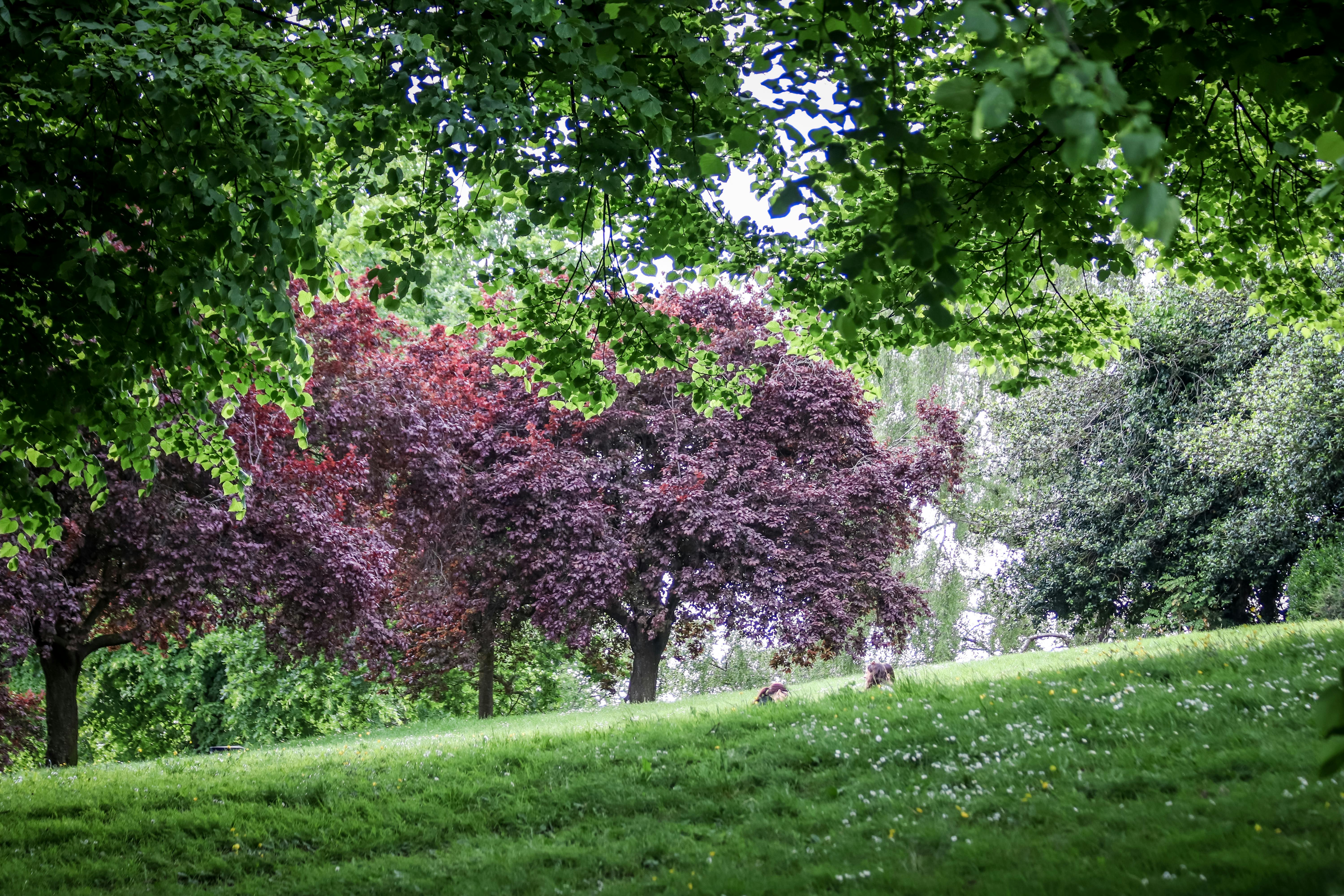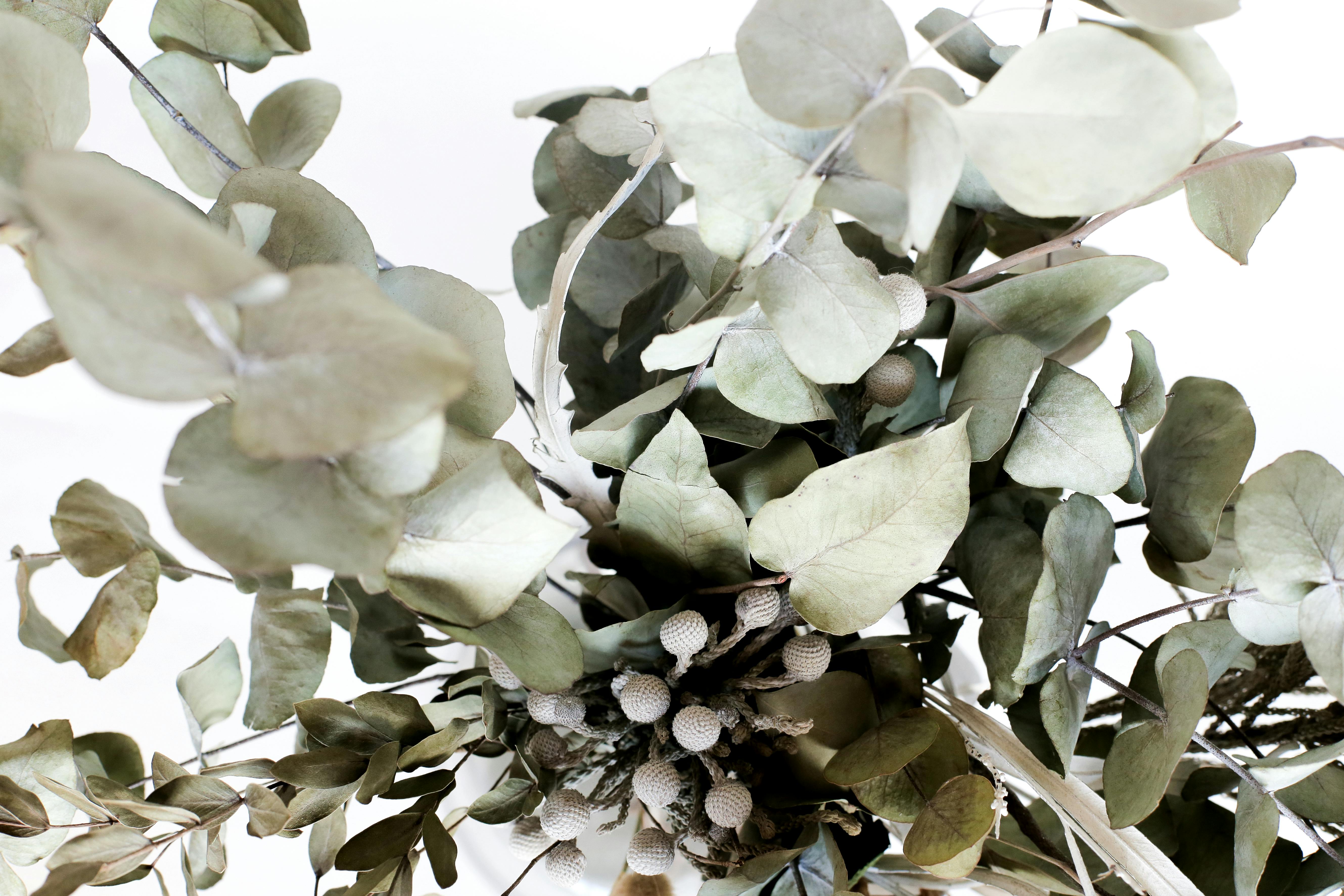With the start of spring, it is important to begin caring for your fruit trees. If you have fruit trees in your garden, there are certain steps that you should take in order to ensure they get the best possible care during this season. In this article, we will discuss how to care for fruit trees in the spring. We will cover topics such as pruning, fertilizing, watering, and pest control. By following these tips, you can ensure that your fruit trees are healthy and productive throughout the year.Preparing trees for spring involves a few steps to ensure they are ready for the new season. Start by pruning any dead or damaged branches to encourage healthy growth. Next, fertilize the soil around the tree with a balanced fertilizer that contains nitrogen, phosphorus, and potassium. Finally, water the tree slowly and deeply to promote strong root growth. Following these steps will help prepare your trees for a healthy spring season.
Pruning Fruit Trees
Pruning fruit trees is an essential part of tree maintenance. Pruning helps to maintain the health and vigor of the tree, and encourages production of quality fruits. Pruning should be done every year, usually in late winter before the tree begins to bloom. It is important to prune fruit trees correctly, otherwise it can create problems such as overcrowding or improper growth. The first step in pruning is to remove any dead, diseased, or damaged branches and limbs. This helps to ensure that the tree remains healthy and strong throughout the year.
Next, it is important to thin out the branches and foliage to allow more air and light into the canopy of the tree. This will help promote better fruiting by improving circulation around the tree. Once this has been completed, it is time to shape the tree by removing any crossing branches or limbs that may be rubbing against each other or growing at odd angles. Finally, prune off any excess growth that may be crowding other branches or limbs. This helps promote a balanced shape for your fruit tree while allowing adequate space for new growth and development.
Pruning can seem intimidating at first, but with practice you will become more comfortable with it over time. It is also important to remember that pruning too much can cause damage to your fruit trees, so take care not to over-prune them! With regular pruning and proper care, you can ensure that your fruit trees remain healthy and productive for years to come!
Fertilizing Fruit Trees
Fertilizing fruit trees is an important part of successful fruit production. A healthy tree will produce a larger crop of high-quality fruits. Fertilization should begin in the late winter or early spring before the tree begins to flower and fruit. This will ensure that the tree has enough nutrients to produce a good crop of fruits throughout the season.
When fertilizing a fruit tree, it is important to choose the right fertilizer for the type of tree being grown. Different types of trees require different nutrient mixes so it is important to read the label carefully to make sure you are providing your tree with what it needs. Organic fertilizers are best for fruit trees as they provide slow-release nutrients that are easily absorbed by the tree’s roots.
It is also important to apply fertilizer at the right time and in the right amounts. Too much fertilizer can cause excessive leaf growth at the expense of fruiting, while too little won’t provide enough nutrients for a good harvest. Fertilizers should be applied around the base of the tree, but not directly up against it as this could burn it’s roots. It is also important to water after applying fertilizer as this will help disperse the nutrients through out your entire soil profile.
When fertilizing fruit trees, it is important to remember that healthy soil produces healthy plants which in turn produce better quality and larger yields of fruits and vegetables. Fertilizers can help ensure that your trees have all they need for maximum crop production, but proper care and maintenance are still key components for success in growing any kind of fruit tree!
Mulching Around Fruit Trees
Mulching is an important part of maintaining a healthy fruit tree. Mulch helps to conserve moisture, reduce weeds, and protect the tree’s roots from extreme temperatures. It’s important to use the right type of mulch for your particular tree, as some types can be damaging. For example, it’s not recommended to use black plastic sheeting around fruit trees, as it can keep out air and light, preventing healthy growth. The best type of mulch for fruit trees is organic material such as wood chips or straw. This type of mulch will break down over time and provide nutrients to the soil. It also helps to keep the soil moist and prevents weed growth. When mulching around fruit trees, it’s important to create a ring around the trunk that’s at least two feet wide and four inches deep. This will help keep the mulch in place and ensure that it doesn’t come into contact with the trunk of the tree. You should also be sure to leave some space between the trunk and the edge of the ring to allow for adequate air circulation. Additionally, make sure that you maintain a level of at least two inches above any graft unions or roots that may be present on your tree.
It’s also important to add additional layers of mulch every year as needed in order to maintain a consistent depth throughout the year. Be sure not to pile too much mulch against the trunk or roots, as this could cause rotting or other issues with your tree’s health. Additionally, be sure not to leave any large chunks or pieces of organic material on top of your mulch layer, as these can trap heat and prevent water from reaching deeper into the soil. With regular maintenance and care, you can ensure that your fruit trees remain healthy and productive for years to come!
Cleaning Up Debris Underneath the Tree
It is important to keep your yard clean and tidy, especially when there are trees in the area. Cleaning up debris underneath a tree can be a daunting task. But with the right tools and techniques, it can be done quickly and efficiently.
The first step to cleaning up debris underneath a tree is to assess the area. Look for any dead branches, fallen leaves, or other debris that needs to be removed. Once you have identified the areas that need attention, gather your supplies.
You will need gloves, rakes, leaf blowers or vacuums, garbage bags or containers for collecting debris, and shovels or brooms if necessary. Make sure you wear appropriate protective clothing such as long pants and closed-toe shoes while doing this task.
Start by using a rake or leaf blower to remove any loose debris on the ground. Collect all of the debris into garbage bags or containers for easy disposal. If there are larger items like fallen branches or sticks that need to be removed, use a shovel or broom to move them out of the way.
Once all of the visible debris has been removed from underneath the tree, take a look around to make sure everything is clean and tidy before you finish up. If there are any leaves or twigs still stuck in between crevices of rocks or other hard surfaces, use a broom to sweep them away and dispose of them properly in garbage bags or containers.
Cleaning up debris underneath a tree can seem like an overwhelming task at first but it doesn’t have to be! With the right tools and techniques in hand, this job can be done quickly and efficiently with minimal effort.

Checking For Diseases and Pests
It is important to regularly check for any signs of diseases or pests in your plants, trees, and shrubs to ensure they remain healthy. Diseases can spread quickly if not taken care of right away, while pests can damage the foliage and reduce the quality of the growth. It is important to identify any early signs of infestation or disease in order to prevent further damage.
When checking for diseases or pests, it is important to look for any discolouration on the leaves or branches, as well as any wilting or drooping. It is also important to look for any insects or parasites that may be living on the plant. If you see any of these signs, it could indicate a problem and should be addressed immediately.
If you suspect that there may be a disease present, it is important to contact a professional in order to diagnose the problem and provide you with the proper treatment. This will ensure that the problem does not spread further and cause more harm to your plants. If pests are present, there are various treatments available depending on the type of pest infestation. It is important to use only approved pesticides in order to avoid further damage or contamination of other plants in your garden.
Regularly checking for diseases and pests will help keep your plants healthy and allow them to reach their full potential without suffering from a major infestation or disease outbreak. Taking care of your plants is an integral part of gardening and should not be neglected if you want them to thrive.
Watering the Trees Regularly
Trees are an important part of our environment, and it is essential to keep them healthy. In order to do this, it is important to water the trees regularly. Without adequate water, trees can become weak and unhealthy, and may not survive.
Watering trees on a regular basis helps to keep them hydrated and strong. The amount of water needed for each tree will depend on the species of tree, as well as the climate in which it is growing. Some trees need more water than others, while some may only require a light watering once or twice a week.
When watering trees, it is important to ensure that the soil surrounding them is moistened thoroughly. It is also important to avoid over-watering, as this can lead to root rot or other damage to the tree’s roots. Additionally, be sure not to forget any areas such as beneath larger branches where water may not easily reach.
It is also helpful to mulch around trees in order to help retain moisture in the soil and prevent weeds from growing around them. This will also help protect the roots from extreme temperatures and can help keep the soil cool during hot summer days.
Overall, it is essential to ensure that trees are watered regularly in order for them to remain healthy and strong. By following these simple tips, you can help keep your trees happy and thriving for years to come!
Providing Protection Against Frost
Frost is a major problem for many plants, especially during the winter months. It can cause extensive damage to crops and vegetation, resulting in reduced yields and potential crop failure. To prevent this, gardeners and farmers must provide protection against frost for their plants. This can be done in several ways, including covering plants with blankets or plastic sheets, using row covers to insulate them from cold air, or irrigating the soil to keep it warmer. Mulching around the base of plants can also help keep the soil temperature more consistent. In addition, windbreaks such as fences or hedges can help protect plants from strong winds that can carry frost-causing air. By taking these simple steps, gardeners and farmers can ensure that their crops are protected against frost and enjoy a successful harvest season.

Conclusion
Spring is an important season for fruit trees. It’s when they awaken from their winter slumber and begin to produce the tasty fruits that we all love. To ensure that your fruit trees get off to a strong start, it’s important to take good care of them. This includes fertilizing, pruning, thinning, and protecting them from pests and diseases. With a bit of effort you can ensure that your fruit trees produce healthy, delicious fruits throughout the growing season.
In summary, caring for your fruit trees in spring is key to ensuring a successful harvest later in the year. By providing the necessary nutrients, pruning any damaged branches, and taking measures to protect against pests and diseases you can give your fruit trees a great start to the growing season. With proper care and attention your fruit trees will be ready to produce an abundant harvest in no time!



